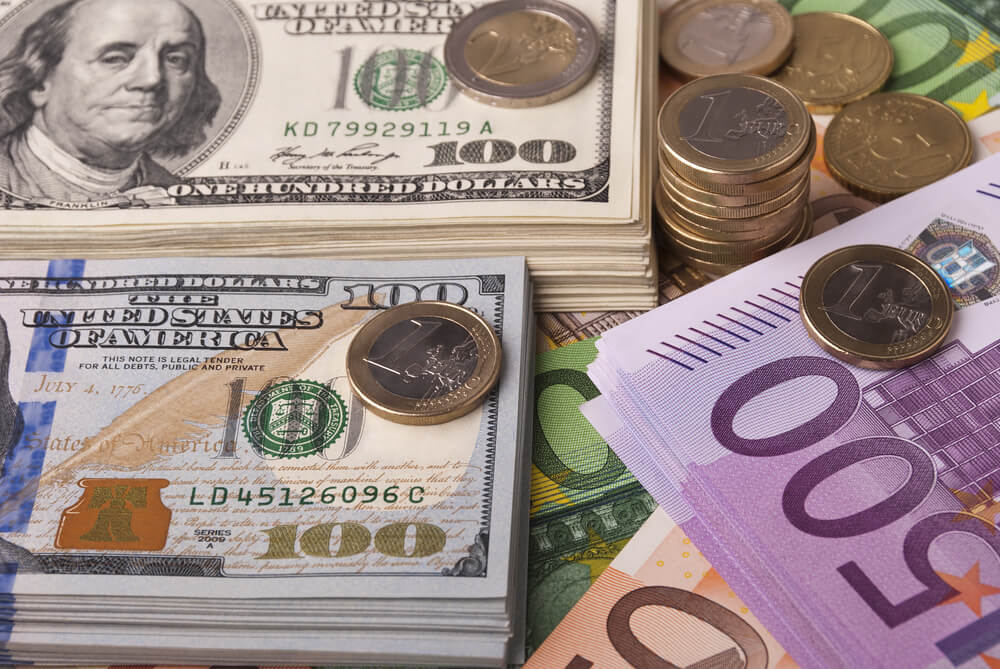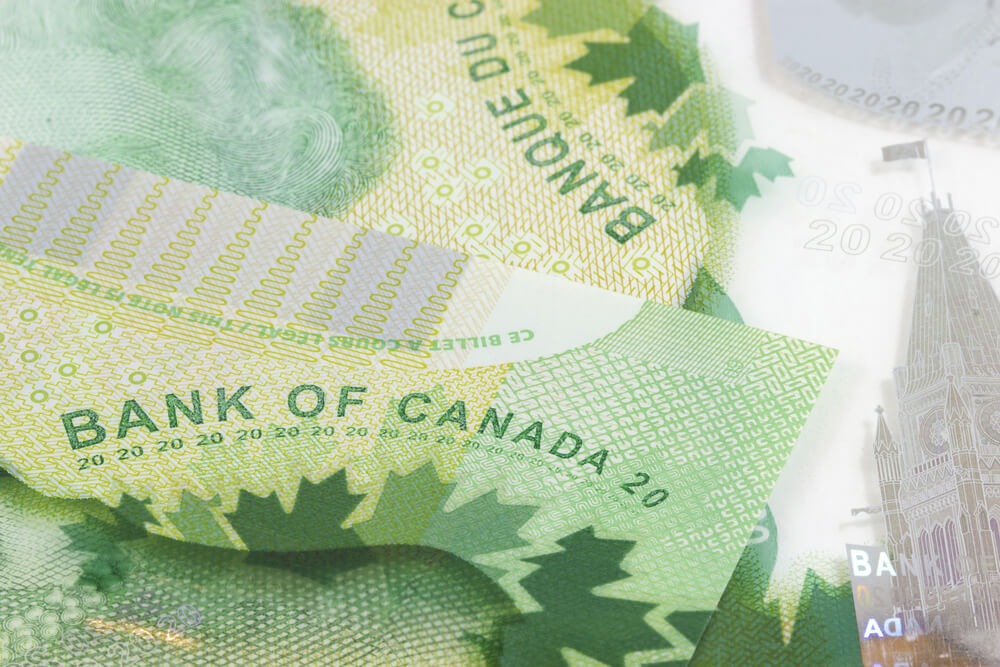Key Points
- EUR/USD reached a multi-session high at 1.0860, showcasing a week of gains.
- Inflation data revealed higher-than-expected rates, pushing the euro upwards.
- The euro peaked at 1.0867 and a low of 1.0795 within the week.
- Anticipation for the ECB’s interest rate decision further buoyed the euro.
- Eurozone inflation remains stubborn, slightly decreasing to 2.6% from 2.8%.
- Upcoming services PMIs and ECB decisions are key drivers for future currency movements.
The EUR/USD pairing has seen notable movements recently, climbing to multi-session highs around 1.0860. This upward trend is attributed to market reactions to inflation data and expectations regarding the European Central Bank (ECB)’s upcoming interest rate decisions. In the final week of February, the currency pair rose from 1.0818 to 1.0837, driven by higher-than-expected inflation readings. Notably, during this period, the pair reached a weekly high of 1.0867 on Tuesday and a low of 1.0795 on Thursday, highlighting the market’s volatility. As anticipation grew around the ECB’s next steps, the euro strengthened to 1.0853.
Inflation at 2.6% Challenges ECB Policy
The eurozone’s inflation dynamics have played a pivotal role in these currency movements. Flash inflation readings for February revealed that headline inflation stood at 2.6%, exceeding expectations of cooling to 2.5% from January’s 2.8%. The core inflation component, which excludes volatile food and energy prices, also defied expectations by only dropping to 3.1% from the previous 3.3%, against predictions of a decrease to 2.9%. These figures emphasize the persisting inflationary pressures within the eurozone, posing challenges to the ECB’s monetary policy strategies.
ECB Rate Decisions: Euro’s Next Move?
The euro’s significant role in global currency markets is highlighted by its index weight of 0.576, in contrast to the Japanese yen’s index weight of 0.136, indicating diverse influences on currency indices. Upcoming market events, such as the final HCOB Services PMIs for Germany and the broader euro bloc scheduled for release on March 5, also contribute to the currency’s fluctuations. Moreover, recent disappointments on the inflation front have led to a decline in the Dollar Index, underscoring the interconnectedness of global financial markets.
The anticipation surrounding the ECB’s interest rate decision is crucial in shaping market sentiments. Investors, expecting steady rates, are vigilantly assessing the impacts on the euro’s trajectory, anticipating minimal changes. Amidst these developments, the euro’s fluctuations underscore the economic challenges facing the eurozone, including inflation and monetary policy adjustments.
















